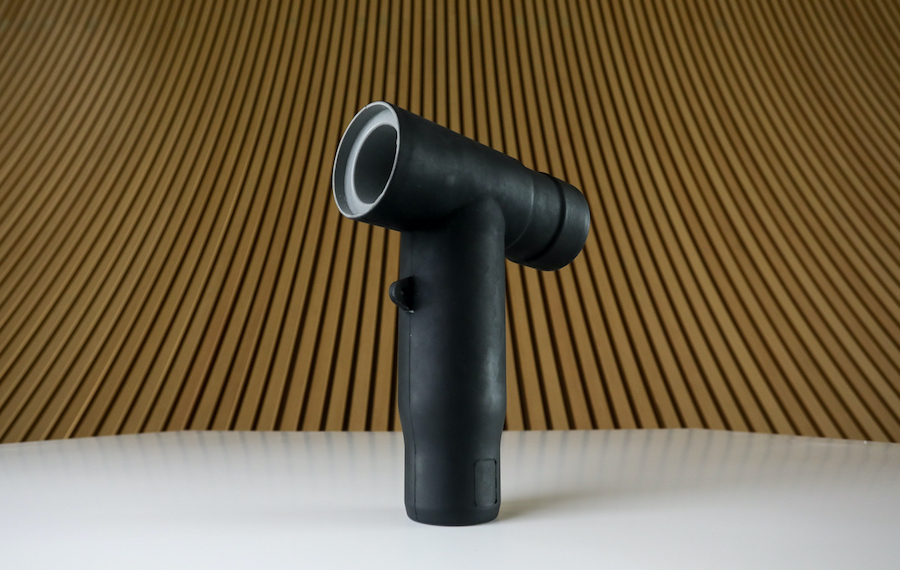- Graphene nanotubes are proven as an innovative solution for the cable industry: from a semi-conductive layer to anti-static jacketing and accessories.
- Being applied in EPDM rubber, graphene nanotubes allow producers to reduce the total amount of conductive filler by 60%.
- Improved compounding and extrusion rate, and high tear strength are the competitive advantages granted by nanotube-modified rubbers for cable parts.

Outstanding resistance to heat, ozone, and weather, combined with high flexibility, make EPDM a prime rubber for the cable industry. But beyond this, a semi-conductive layer and anti-static cable elements require electrical conductivity that is usually achieved by adding a conductive filler into otherwise insulative rubber. Until now, the industry has not had a solution to do this without drawbacks. Depending on the target level of electrical resistance, the loading of carbon black can reach 40 wt.%, which results in a high-dust production process and an increase in compound viscosity, which in turn hinders standard methods of manufacturing of cable products by extrusion or injection molding, as well as causing an increase in hardening and a loss in the elasticity of molded parts.

Rising demand for high-performance materials, together with a growing number of industries affected by new standards, compel the cable industry to take an innovative approach. Graphene nanotubes from their largest manufacturer OCSiAl have proven themselves as a comprehensive solution for rubber cable parts. Long, flexible, highly conductive, and strong, nanotubes create conductive reinforcing networks inside rubber that provide electrical conductivity and improve mechanical properties at ultra-low dosages, starting from 0.15 wt.%.
The use of nanotubes to obtain conductive compounds with a stable electrical resistance below 50 Ohms, as required for a semi-conductive cable layer, allows producers to remove a large portion of carbon black, decreasing the overall conductive filler loading in rubber by 60%. The low amount of nanotube additive in paste form allows makers to avoid high-dust manufacturing, reduces viscosity, and improves extrusion rates, along with lowering the impact on hardness and elasticity.

For the anti-static EPDM compounds used for cable connectors, bushings, and jacketing, graphene nanotubes also enhance the production process. The addition of graphene nanotubes at a loading of just 0.15–0.2% provides electrical resistivity below 10^6 Ohm/sq (which is stable during a product’s service life), low hardness, and improved tear and tensile strength. Scale-up tests by a European cable component manufacturer have proven the stable performance of nanotube compounds, without carbon to the surface after the extrusion process. Moreover, graphene nanotubes allow rubber cable elements to benefit from a previously impossible combination of stable anti-static properties and an opportunity for coloration.
Providing a combination of previously unachievable properties, graphene nanotubes open up opportunities for enhanced cable parts with more durable and stable performance to meet new industry standards.
Learn more on graphene nanotubes in rubbers at tuball.com.
